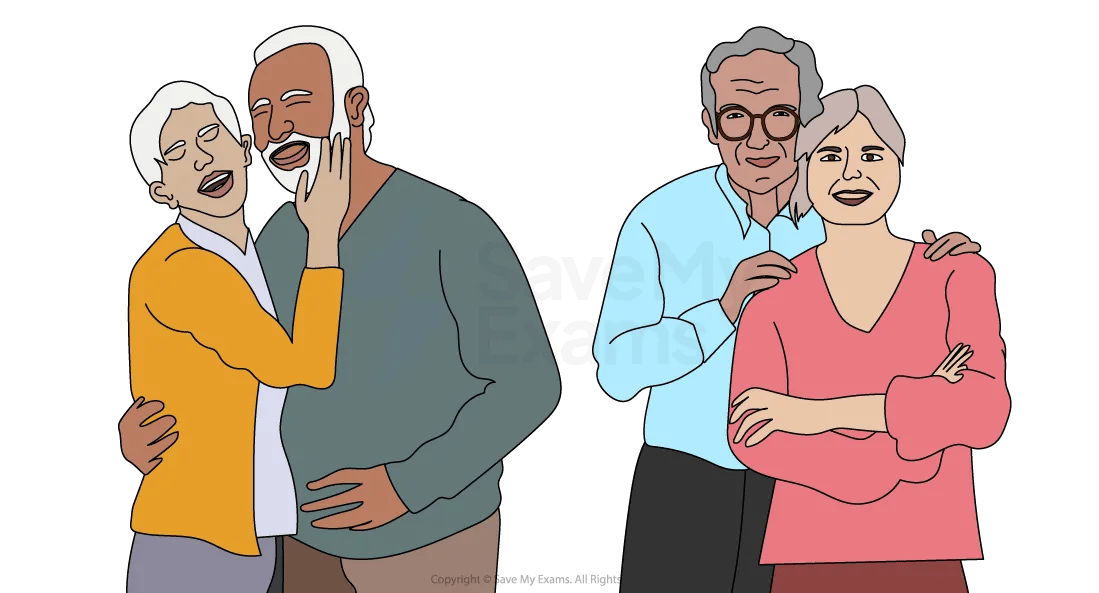Filters in romantic relationships
- A filter is a type of criterion applied to a field of availables to determine whom amongst them is likely to provide a good ‘match’
- Kerckhoff & Davis (1962) suggested filter theory after conducting research with real-life couples, asking them what it was that attracted them to each other in the first place and why the relationship was (up to that point) successful
- Proximity is key when it comes to the first stage of filtering i.e. who you live/work nearest to
- Hollywood films may romanticise long-distance love but the reality is that relationships tend to form based on practicality i.e. who is easier to form a relationship with - someone who lives around the corner or someone who lives on the other side of the world?
- Kerckhoff & Davis (1962) concluded that people apply a set of criteria - filters - which help them to narrow down the field of availables to a field of desirables who represent the best choice in terms of potential partner
- Thus, a filter in a romantic relationship is any parameter that is applied to a set of criteria used to sort the ‘sheep from the goats’ as it were!
- Filters tend to fall within the three general levels described below but they are entirely subjective as one person’s idea of ‘desirable’ is another person’s idea of ‘I’ll pass, thank you’

A field of availables will be different for each individual - and age is no barrier in the search for the perfect partner!


